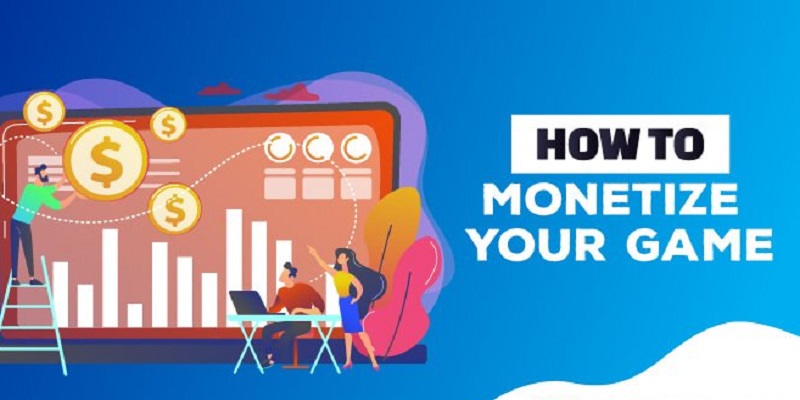
As of 2020, there are 2.7 billion gamers worldwide. To put that into perspective, consider that Facebook has 2.6 million monthly active users, while Netflix, the largest streaming service, has just under 193 million subscribers. India is among the top five biggest mobile gaming markets worldwide. The mobile gaming industry is also one of the fastest-growing industries in the world and it is expected the Indian online gaming segment will grow by $1.1 billion by 2021.

India is home to about 250 million casual gamers, according to industry estimates. Within the past few years, mobile games have become the entertainment of choice for people from all walks of life and across all demographics. 50 per cent of mobile app users play games, second only to social media and communications apps in terms of time spent. The younger audience between 26 to 45 years of age are driving the growth at around 25 per cent. It is estimated that nearly one-third of the gaming population is aged over 35 years in India.
For 2020, one of the biggest mobile game monetisation trends is in-app ads. This model has proven to be very effective for publishers. Players enjoy the liberty of playing a mobile game for free, while the developer earns revenue from mobile ads that show up in the game. With in-app advertising, it’s important to understand what ad format works best for what goal. Display ads like banners, native ads or interstitial ads are fairly easy to integrate and work great for creating awareness. Interactive ads are great for clicks but at times, might hamper the user experience. Rewarded ads can increase user retention and monetise really well, if implemented correctly, in line with the gameplay and user experience.
While there are multiple ways to monetise a game, ads continue to be a major source of revenue for game publishers as only 0.25 per cent of total users pay for IAPs (In App Purchases) in India. Rewarded ads are the biggest ad format globally to monetise games. The user chooses to watch the video ad in exchange for an in-app reward. That makes this ad format popular among gamers. Globally, in casual games, interstitial advertising has the largest contribution, accounting for 53.82 per cent, followed by 40.47 per cent for rewarded video. In mid-core games, rewarded videos that contribute to improving the gaming experience contribute more, accounting for 73.46 per cent.
In-app purchases or freemium models are also popular amongst gamers in which the game is available for free download but money is charged for advanced features. In order to get this model right it is important to be strategic about pricing. This usually works best if you offer both cheaper and more expensive items.
Real money games are also becoming hugely popular as real money is wagered on the outcome of the game. Real money gaming apps like Dream11, MPL, Winzo, RummyCircle are putting a lot of money on acquiring users and have grown leaps and bounds during the pandemic. Dream11 became India’s first unicorn in the gaming space, which reported 50M MAUs in April 2019. Indian fantasy sports industry is growing at a CAGR of 32 per cent and its worth is expected to be $3.7 billion by the year end 2024. The Indian Premier League (IPL) continues to be the most popular league with platforms such as Dream11, Mobile Premier League, and MyTeam11 leveraging its popularity. Most of these companies have large user acquisition spends that include cashbacks, advertising, money spent on brand building and referrals. However, Google play store in India doesn’t allow online casinos, sports betting or any gaming apps that offer prizes of cash or other real-world value.
As publishers seek to leverage monetisation trends, they should also note to take care of the legality of ads. In early 2020, Google banned nearly 600 apps from Play Store over ‘disruptive’ ads. No ads that promote betting or any sort of gambling are promoted.
In 2020, game advertising has laid great emphasis on user experience. Users don’t want to see intrusive ads or ads that are irrelevant. Therefore, it is imperative that publishers try out different formats, do A/B tests and rely heavily on data (not intuition) to make decisions. We have seen numerous examples where publishers over emphasise user experience and end up underutilising ads. There needs to be a balance between the number of ads and the quality of the ads. Publishers can segment users based on their purchase intent or freshness to the app and show ads accordingly. Each ad unit, if not placed properly keeping in mind UX and customer intent, would lead to a drop in user retention. Rewarded ads can help increase user retention, but too many rewarded ads can reduce its value. Using ad mediation platforms to work with multiple partners including Admob, FAN, UnityAds, Inmobi can help increase fill rates and CPMs. Because of their seamless integration, native ads can help monetise the ad real estate better than just banner/interstitial ads without impacting user retention.
(This article has been contributed by GreedyGame founder and CEO Arpit Jain, and AnimationXpress does not necessarily subscribe to these views)
